Madagascar, an island nation renowned for its unique biodiversity and stunning landscapes, is home to one of the world’s most extraordinary natural wonders: the Tsingy de Bemaraha. This UNESCO World Heritage Site, often referred to as the “petrified forest,” offers a dramatic and otherworldly landscape, drawing adventurers, nature enthusiasts, and scientists alike. Let’s delve into the allure and significance of this geological marvel.
Table of Contents
The Mystique of Tsingy de Bemaraha
Located in western Madagascar, Tsingy de Bemaraha is a complex of sharp limestone pinnacles that rise majestically from the ground, creating a labyrinth of razor-sharp rock formations. The term “Tsingy” comes from a Malagasy word meaning “where one cannot walk barefoot,” aptly describing the rugged and jagged terrain. These limestone formations, some reaching heights of up to 70 meters (230 feet), were formed over millions of years through the gradual process of erosion.
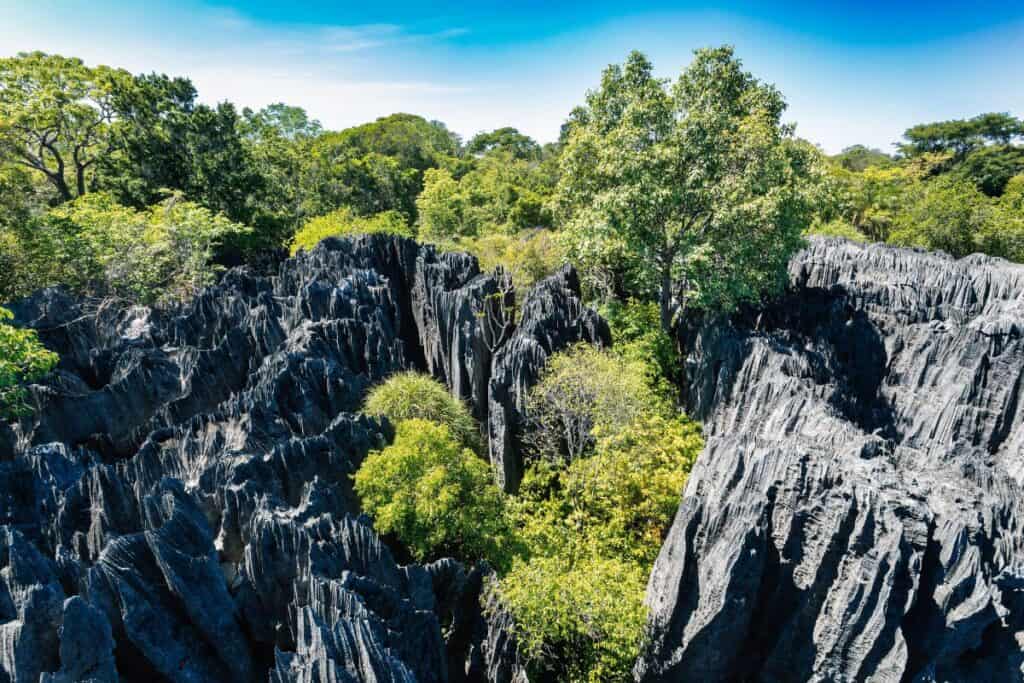
Geological Formation and Evolution
The Tsingy de Bemaraha has a fascinating geological history. Approximately 200 million years ago, the region was submerged under a shallow sea. Over time, sediment accumulated on the sea floor, forming thick layers of limestone. As tectonic activity uplifted the region, the limestone was exposed to the elements. Rainwater, rich in carbonic acid, slowly eroded the limestone, creating deep fissures and forming the sharp pinnacles we see today.
This karst landscape is characterized by its distinctive sharp ridges, deep crevices, and towering spires, making it one of the most unique geological formations on Earth. The erosional processes continue to this day, further sculpting the landscape and contributing to its dynamic beauty.
Biodiversity and Ecosystems
Despite the harsh terrain, Tsingy de Bemaraha is teeming with life. The isolated nature of the limestone formations has led to the evolution of unique flora and fauna, many of which are endemic to the region. The park is home to a variety of plant species adapted to the arid conditions, including drought-resistant trees and succulents.
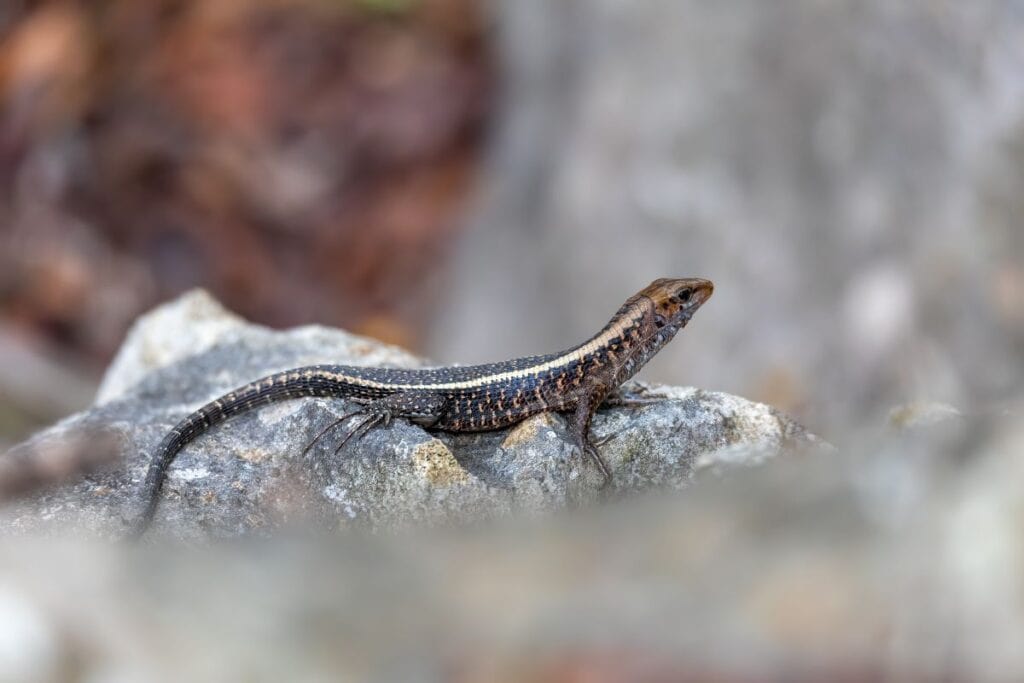
The fauna of Tsingy de Bemaraha is equally remarkable. The park hosts several species of lemurs, including the Decken’s sifaka and the red-fronted brown lemur. These primates have adapted to the challenging environment, using their agility to navigate the jagged terrain. Additionally, the park is a haven for birdlife, reptiles, and amphibians, many of which are found nowhere else on Earth.
Exploring the Tsingy
Exploring the Tsingy de Bemaraha is an adventure like no other. The park is divided into two main sections: the Great Tsingy and the Little Tsingy. Each offers a unique experience for visitors, from challenging hikes and thrilling rope bridges to breathtaking viewpoints and hidden caves.
- The Great Tsingy: Known for its towering pinnacles and extensive network of trails, the Great Tsingy provides a challenging yet rewarding adventure. Visitors can navigate through narrow passageways, climb steep cliffs, and cross suspension bridges that offer panoramic views of the surreal landscape.
- The Little Tsingy: While less daunting than the Great Tsingy, the Little Tsingy offers an equally captivating experience. The trails are shorter and less strenuous, making it accessible to a wider range of visitors. The Little Tsingy is perfect for those who want to experience the beauty of the petrified forest without the intense physical demands.
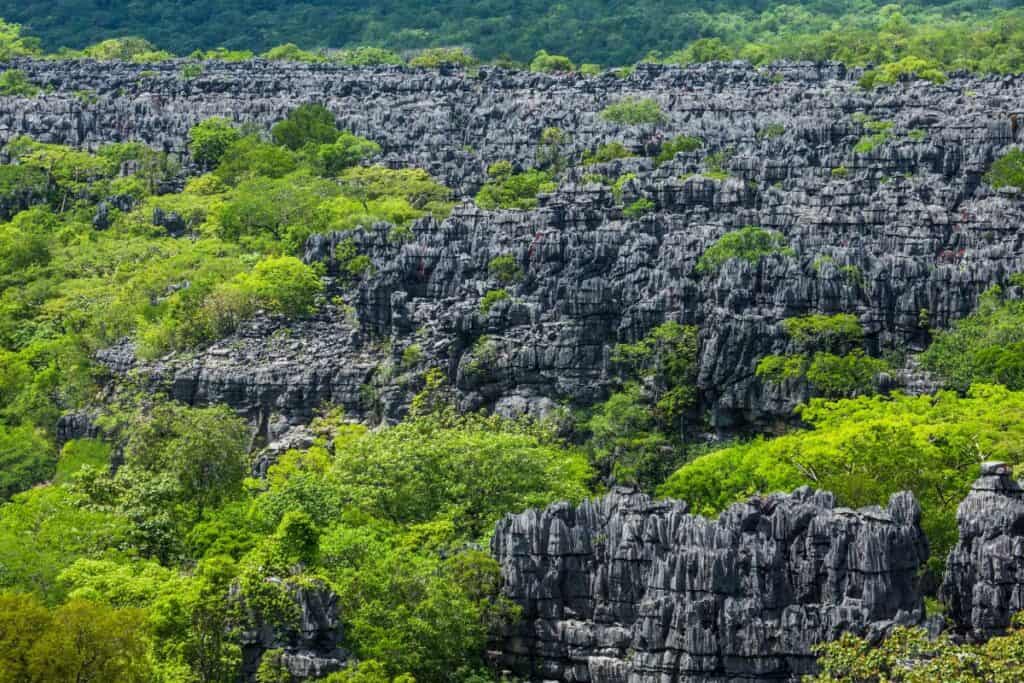
Conservation Efforts
The unique and fragile ecosystem of Tsingy de Bemaraha requires diligent conservation efforts to preserve its natural beauty and biodiversity. The park is managed by Madagascar National Parks in collaboration with local communities and international organizations. Conservation initiatives focus on habitat protection, biodiversity research, and sustainable tourism practices.
One of the key challenges in preserving Tsingy de Bemaraha is balancing tourism with conservation. While the park’s stunning landscapes attract visitors from around the world, it is crucial to ensure that tourism activities do not harm the delicate ecosystems. Strict guidelines and regulations are in place to minimize the impact of human activities on the environment.
Cultural Significance
Tsingy de Bemaraha is not only a natural wonder but also holds cultural significance for the local communities. The area is home to the Bemaraha people, who have lived in harmony with the landscape for generations. The local communities have a deep spiritual connection to the land, with various cultural practices and traditions linked to the Tsingy.
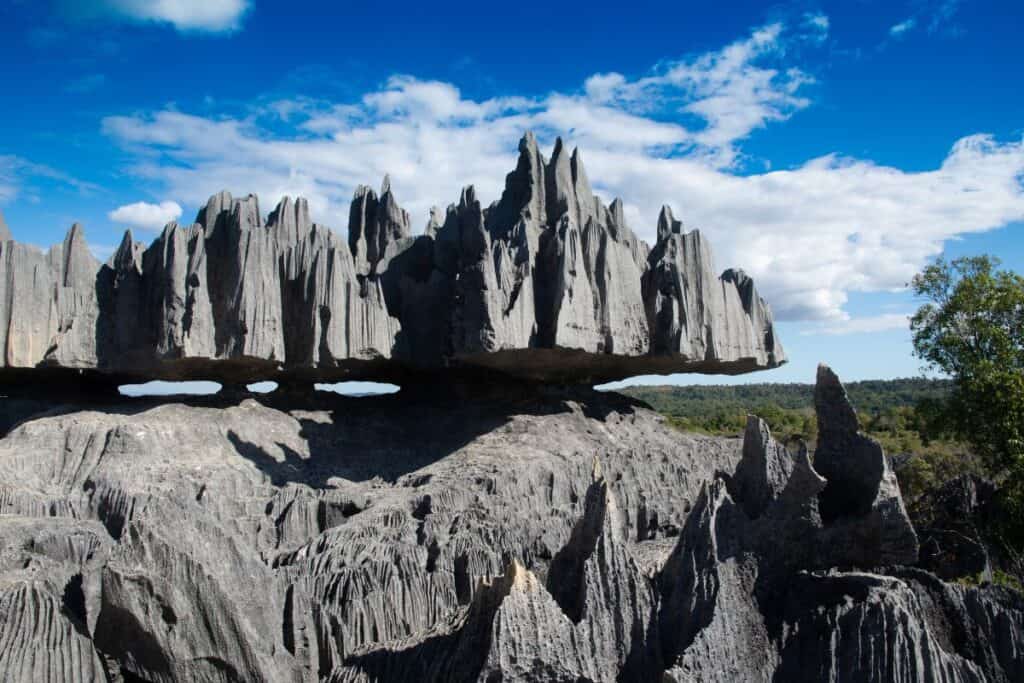
Visitors to the park have the opportunity to learn about the rich cultural heritage of the Bemaraha people, including their traditional knowledge of the flora and fauna, as well as their sustainable living practices. This cultural exchange enhances the overall experience of exploring the Tsingy, providing a deeper understanding of the connection between nature and humanity.
Practical Information for Visitors
For those planning a visit to Tsingy de Bemaraha, there are a few practical considerations to keep in mind:
- Best Time to Visit: The ideal time to visit the Tsingy is during the dry season, from April to November. During this period, the weather is more favorable for hiking and exploring the rugged terrain.
- Accessibility: The park is relatively remote and requires a bit of effort to reach. Most visitors travel to the town of Morondava and then take a 4×4 vehicle to the park entrance. The journey can be challenging, but the reward is well worth the effort.
- Guided Tours: Due to the complex and potentially dangerous terrain, it is highly recommended to explore the Tsingy with a knowledgeable guide. Guides are familiar with the trails and can provide valuable insights into the geology, flora, and fauna of the region.
- Safety Precautions: Given the sharp and uneven landscape, it is essential to wear appropriate footwear and clothing. Visitors should also be prepared for a physically demanding experience and ensure they are in good health before embarking on the adventure.
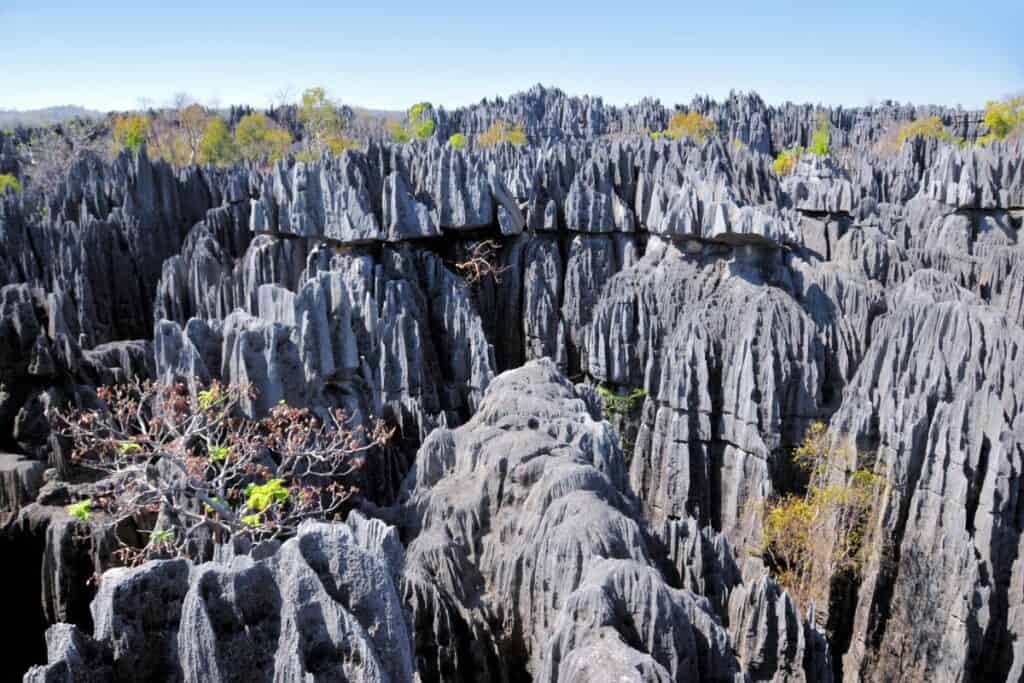
Conclusion
Tsingy de Bemaraha stands as a testament to the incredible power of natural forces and the resilience of life in challenging environments. Its striking limestone formations, rich biodiversity, and cultural significance make it a must-visit destination for those seeking an unforgettable adventure. As we marvel at the beauty of the petrified forest, it is our collective responsibility to preserve this unique landscape for future generations to explore and cherish. Whether you are a seasoned adventurer or a curious traveler, Tsingy de Bemaraha promises an experience that transcends the ordinary, leaving you with memories that will last a lifetime.
